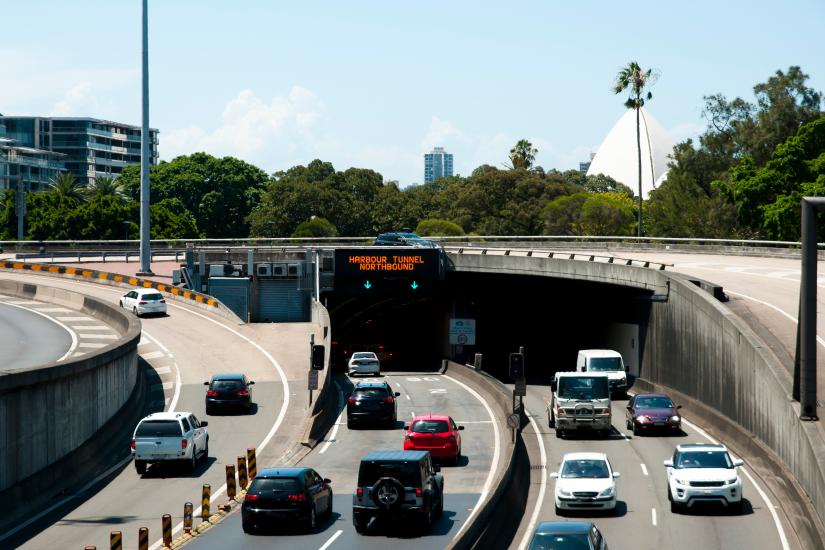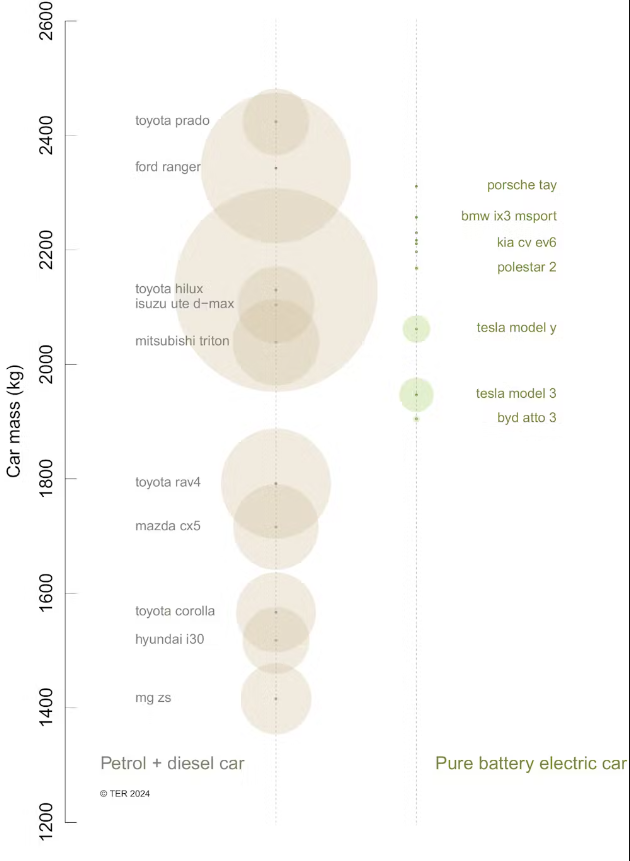A new report challenges claims that heavy electric car batteries will raise vehicle mass in Australia.

Image: Adobe Stock by Adwo.
As society turns towards battery electric cars as a sustainable alternative, a recent online debate has raised fresh concerns. News outlets are reporting that battery electric cars will increase the average weight of the on-road fleet, raising concerns for the safety of roads, carparks and other drivers.
Robin Smit, Adjunct Professor at the University of Technology Sydney (UTS), released a critical review that took a closer look into these claims to Australia. The review found in a country where fossil-fuel cars are already skewed towards heavy utes and SUVs, these claims don’t stack up.
Points of contention
Smit’s report unpacks four major points of contention.
Firstly, there are different ways to compare the mass of electric and combustion engine cars. Often the comparison is made between similar battery electric and fossil-fuelled cars or by comparing the average mass of a large range of cars on sale, without considering the sale volume. Depending on the method, the comparison may be neither adequate nor accurate.
Secondly, it’s often argued that electric cars are naturally heavier than combustion cars. This argument is oversimplified, with Smit acknowledging that battery mass can vary from 100 to 900 kilograms.
Thirdly, car obesity has increased fossil-fueled car mass. Smit argues that the comparison with battery electric cars only tells half the story.
Finally, it is hard to predict the mass impacts of electric cars. A common assumption is that future vehicle buyers’ behaviour does not change when switching to battery electric cars. This assumption is another oversimplification. Factors like market availability, price and performance will largely effect a buyers’ decision. These factors change significantly and quickly.
Comparing battery electric and fossil-fuelled cars
Adjunct Professor Robin Smit’s analysis compared the differences in vehicles mass between the top selling cars for both battery and fossil-fuelled cars in Australia, based on 2022 data.

Masses of the top 10 most popular new battery electric (top) and fossil-fuelled (bottom) passenger cars sold in Australia in 2022. Photo: Transport Energy/Emission Research (TER)
Smit found that the top 10 models of battery electric cars cluster heavier, but the most popular cars are relatively light. When ranked by popularity, battery cars are not always heavier and can be almost 300kg lighter to 800kg heavier than the corresponding fossil-fuelled car.
Adjunct Professor Robin Smit notes that the report does not downplay the significance of vehicle mass for transport emissions. To meet Australia’s target, it’s important to reverse the car obesity trend for all cars. However, it should not be used as an argument against vehicle electrification.
This article is republished from The Conversation under a Creative Commons license. Read the original article.

